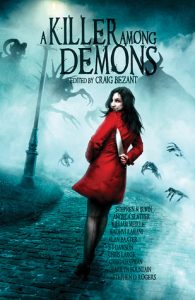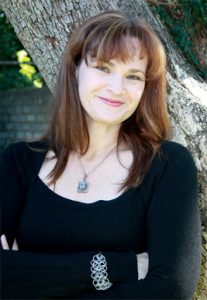 I became familiar with Angela through her short story collections, which I believe are brilliant. Then I
I became familiar with Angela through her short story collections, which I believe are brilliant. Then I 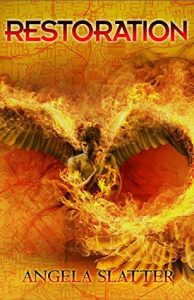 found her on Facebook and she is super nice. So, after fangirling like crazy, I asked her for an interview, and a new favorite author of mine is on my little blog. If you love speculative fiction, fairytales (think Grimm, not Disney), and suspenseful horror, read Angela Slatter’s work, which can be find on her website, Goodreads, and Amazon (links below). She launches now Restoration, the third book in her urban fantasy series starring Verity Fassbinder.
found her on Facebook and she is super nice. So, after fangirling like crazy, I asked her for an interview, and a new favorite author of mine is on my little blog. If you love speculative fiction, fairytales (think Grimm, not Disney), and suspenseful horror, read Angela Slatter’s work, which can be find on her website, Goodreads, and Amazon (links below). She launches now Restoration, the third book in her urban fantasy series starring Verity Fassbinder.
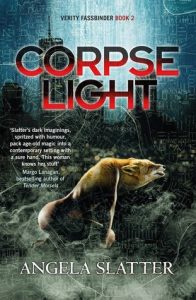
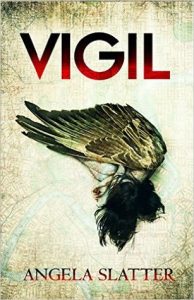
Tell me about your writing process: schedule, environment, inspirations abstract and material, and strategies, techniques, nuances, secrets, or magic spells. How does this differ for creating a novel versus short stories?
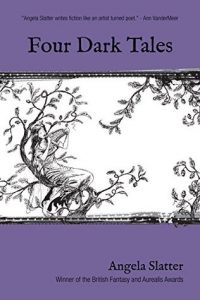 I always need to have an image or a line or a character…sometimes I don’t know what the story is going to be, but I do have a really strong image or action in mind, so I’ll start writing from there. I don’t “push” at it, just let the words roll out and give me some idea of what might be happening with this character or in this place, or the consequences of this act. Sometimes I know exactly what will happen in the story, and I’ll just write the whole thing in a day or two−alas, that’s pretty rare!
I always need to have an image or a line or a character…sometimes I don’t know what the story is going to be, but I do have a really strong image or action in mind, so I’ll start writing from there. I don’t “push” at it, just let the words roll out and give me some idea of what might be happening with this character or in this place, or the consequences of this act. Sometimes I know exactly what will happen in the story, and I’ll just write the whole thing in a day or two−alas, that’s pretty rare!
 I have a bunch of notebooks I scribble ideas into, also post-its, and occasionally cocktail napkins with rambling notations slightly smudged by whiskey. I have a desktop in the office, but I also carry the laptop around the house; sometimes I write by the pool; sometimes I sit in front of the television, ignore the program, and just write (but those are times when I kind of want “white noise”). Sometimes I write to music, but that’s generally if a project’s been inspired by song lyrics or a tune.
I have a bunch of notebooks I scribble ideas into, also post-its, and occasionally cocktail napkins with rambling notations slightly smudged by whiskey. I have a desktop in the office, but I also carry the laptop around the house; sometimes I write by the pool; sometimes I sit in front of the television, ignore the program, and just write (but those are times when I kind of want “white noise”). Sometimes I write to music, but that’s generally if a project’s been inspired by song lyrics or a tune.
 When I’m writing a novel, there’s a lot more planning required—I have a spreadsheet that I use to get myself to the turning points in the story. They’re always just suggestions (like the Pirates’ Code), but they give me goalposts to write towards, and they can and generally do change depending on how the story progresses. Short stories—I always just have a rough idea of a three act structure, but I don’t worry too much about that in the first draft—I just brainvomit it out, and then the editing phase is where everything gets made “pretty” and logical.
When I’m writing a novel, there’s a lot more planning required—I have a spreadsheet that I use to get myself to the turning points in the story. They’re always just suggestions (like the Pirates’ Code), but they give me goalposts to write towards, and they can and generally do change depending on how the story progresses. Short stories—I always just have a rough idea of a three act structure, but I don’t worry too much about that in the first draft—I just brainvomit it out, and then the editing phase is where everything gets made “pretty” and logical.

Alas, I have no magical spells, but I do have some figurines on my desk that are my guardians: one Roman centurion, an elephant, the Goddess Bast, and a faun’s head. Plus, pinned over my desk are poems and sayings that are meaningful to me, a photo of my mum and I when I was about one, and a card from my mentee…so I guess those are my objects of comfort that I like to have around when I write.
Walk me through the publishing process from final draft to final product, including publishing team and what you do to market your books as the author. What is the difference in publishing a short story collection?
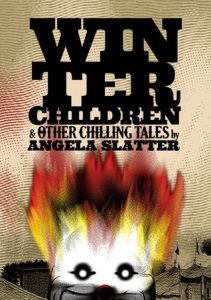
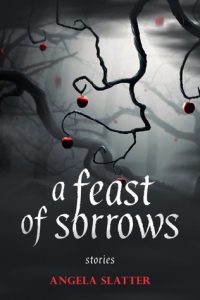
Well, collections such as Winter Children and Other Chilling Tales and A Feast of Sorrows, and the new (as yet unannounced) Best Stories of Angela Slatter, have generally come together when I’ve got a body of stories that have been published only once, and I write a couple more new unpublished ones, then I approach a nice small press and see if they’re interested. So far I’ve been very lucky.
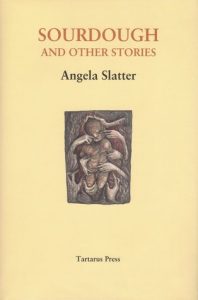
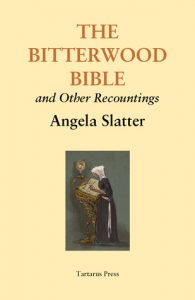
With Sourdough and Other Stories and The Bitterwood Bible and Other Recountings, they are both mostly new stories with a couple of reprints in them. I was lucky enough to have had Tartarus Press pick up two stories for their Strange Tales anthologies, so when I finished putting Sourdough together, I approached Rosalie Parker to see if she and Ray were interested in the collection; fortunately they were! Same thing with Bitterwood, and they are waiting very patiently for the third mosaic in the series, The Tallow-Wife and Other Tales.
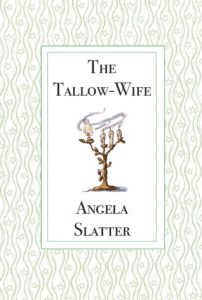

With The Girl with No Hands and Other Tales, the publisher at Ticonderoga approached me to see if I’d like to put together a mostly reprint collection. That came out about a week after Sourdough. The other two collections that I’ve written, Midnight and Moonshine and The Female Factory with Lisa L. Hannett, came about because we had been throwing around Norse-inflicted stories for M&M and had approached Ticonderoga about publishing that collection; The Female Factory came about because the editor at Twelfth Planet Press asked if we’d contribute to her Twelve Planets mini-collection series.

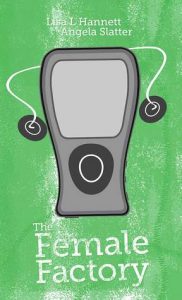
Basically, because I made my name with short stories at the start of my career, and some won awards, I was in a position where publishers often approached me.
Novels are different— if you’re working with a large publishing house; it helps if you’ve got an agent to make representations on your behalf. I was fortunate that Jo Fletcher of Jo Fletcher Books had already published some of my short fiction in anthologies by Stephen Jones. She knew what I could do and was interested to see how my writing translated to longer form, and she waited patiently to find out! I’m fortunate in her as an editor, as she’s got such a broad range of experience and knowledge, so she generally gets what I’m trying to do and suggests the best ways forward.
Describe your support system—online and IRL; who are your biggest cheerleaders?
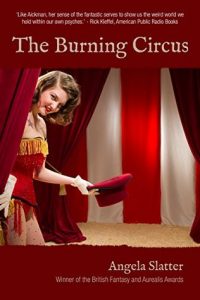 My family are always there for me, whether it’s to listen to me cry, or to listen to good news. My friend Lisa L. Hannett always has the pompoms out, and my beta readers Peter M. Ball and Alan Baxter are great sounding boards. And Kathleen Jennings, my frequent illustrator, is also a terrific person to talk to as she’s very calm. My housemates and their dogs look after me, and make sure I’m fed and watered regularly, and other friends make sure I leave the house at regular intervals, so I remember how to put on trousers the right way and talk to other human beings!
My family are always there for me, whether it’s to listen to me cry, or to listen to good news. My friend Lisa L. Hannett always has the pompoms out, and my beta readers Peter M. Ball and Alan Baxter are great sounding boards. And Kathleen Jennings, my frequent illustrator, is also a terrific person to talk to as she’s very calm. My housemates and their dogs look after me, and make sure I’m fed and watered regularly, and other friends make sure I leave the house at regular intervals, so I remember how to put on trousers the right way and talk to other human beings!
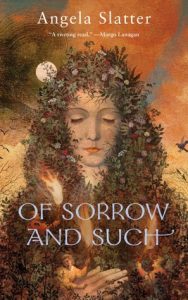
I’ve also got a fantastic group of readers and reviewers who seem to enjoy what I do, and on the difficult days, it can really help just to find a sweet tweet about how much they’re enjoying one of my books, especially the days when I decide I’m a terrible writer and decide to sit under the desk, rocking back and forth, and eating a packet of TimTams.
How does your life influence your work and vice versa, and how do speculative elements drive your stories? I love your short stories’ unique connections to fairytales and Grimm-esque ambience. What draws you to the darkness?
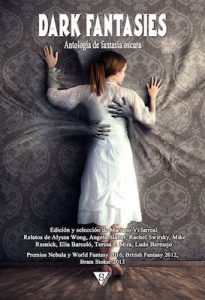 I was at the Bendigo Writers Festival this weekend just gone and that question about darkness came up a lot! My mother used to read me fairy tales, and they were the proper old Grimm ones, so they made a lasting impression. And my father was a police officer, and he used to leave his police journals around, which had reports of murder investigations and autopsy photos in them, and as I was a voracious reader from a young age, I saw a lot of interesting things! I have always been obsessed with true crime, and reading crime novels is what I do as a “break” from my usual genres. But I read it so much I think that it bleeds through into everything I write, subtly or otherwise.
I was at the Bendigo Writers Festival this weekend just gone and that question about darkness came up a lot! My mother used to read me fairy tales, and they were the proper old Grimm ones, so they made a lasting impression. And my father was a police officer, and he used to leave his police journals around, which had reports of murder investigations and autopsy photos in them, and as I was a voracious reader from a young age, I saw a lot of interesting things! I have always been obsessed with true crime, and reading crime novels is what I do as a “break” from my usual genres. But I read it so much I think that it bleeds through into everything I write, subtly or otherwise.
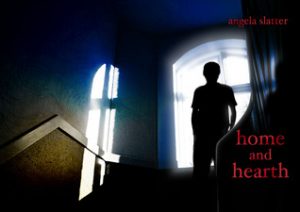
I’m fascinated by things that go bump in the night, things that we don’t expect and can’t explain…I guess I’m just the sort of person who’s going to take the darker path in the woods (but I am also smart enough to pack a very sharp axe)…
What do you love most about your creativity?
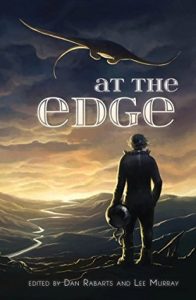 I love that I can escape from whatever is going on in the world that’s bothering me, for a while at least. It gives me a bit of respite where I can sort things out, take a breather, and work out some solutions rather than feeling panicked or pressured all the time. I love that I get to create worlds, that I am making stories other people are loving. I especially love that I get to be part of a long line of fairy talers, that I have had stories handed on to me—I will re-work them to my own tastes, and then I’ll pass them on to someone new, who will continue to pass them on and transform them. That makes me happy.
I love that I can escape from whatever is going on in the world that’s bothering me, for a while at least. It gives me a bit of respite where I can sort things out, take a breather, and work out some solutions rather than feeling panicked or pressured all the time. I love that I get to create worlds, that I am making stories other people are loving. I especially love that I get to be part of a long line of fairy talers, that I have had stories handed on to me—I will re-work them to my own tastes, and then I’ll pass them on to someone new, who will continue to pass them on and transform them. That makes me happy.
